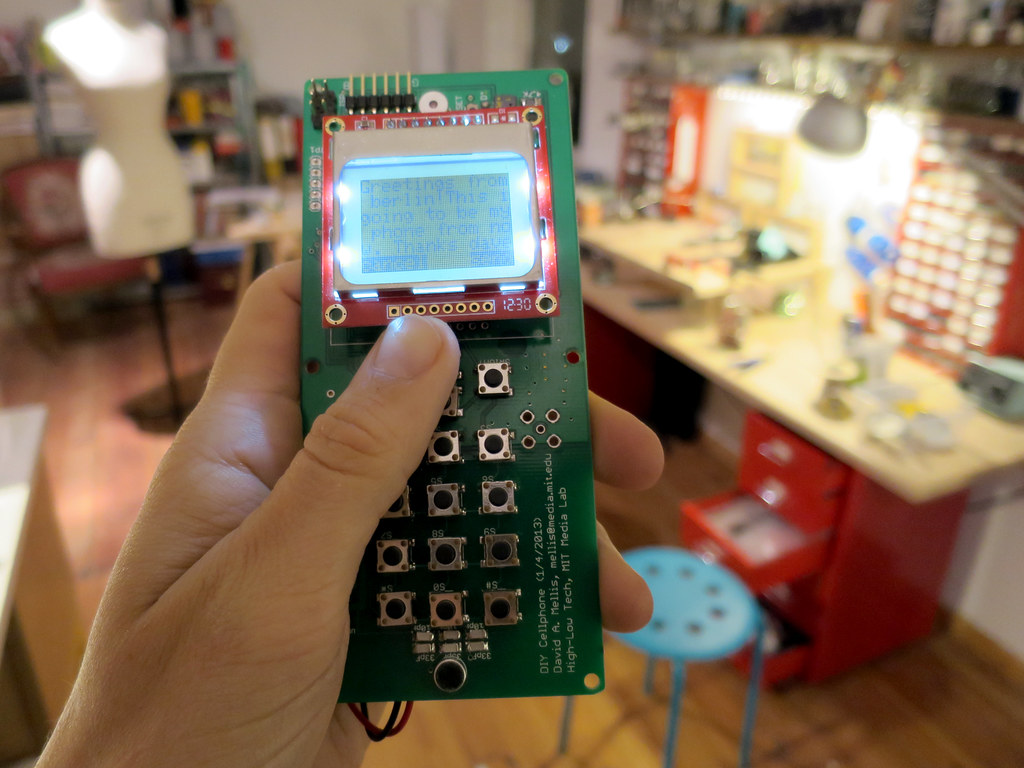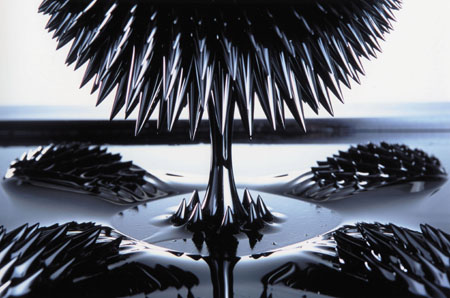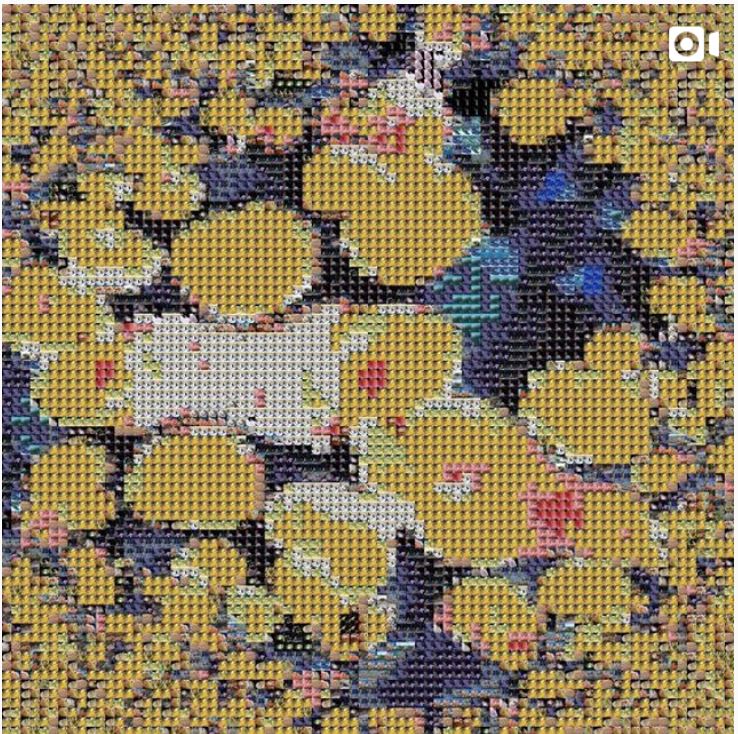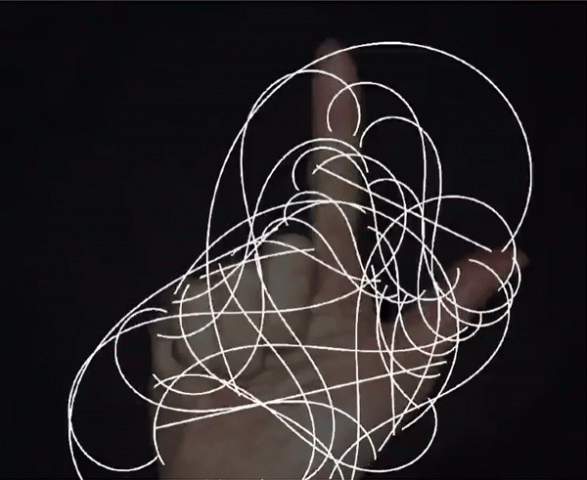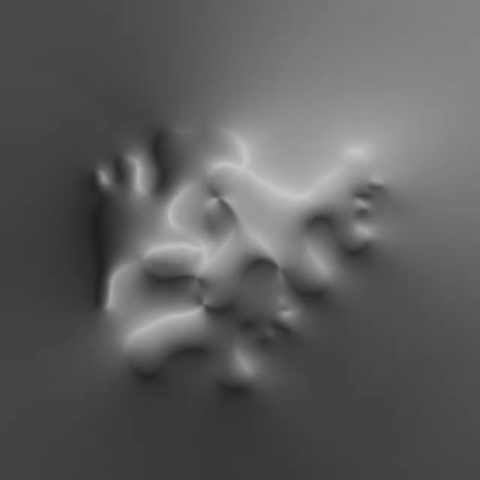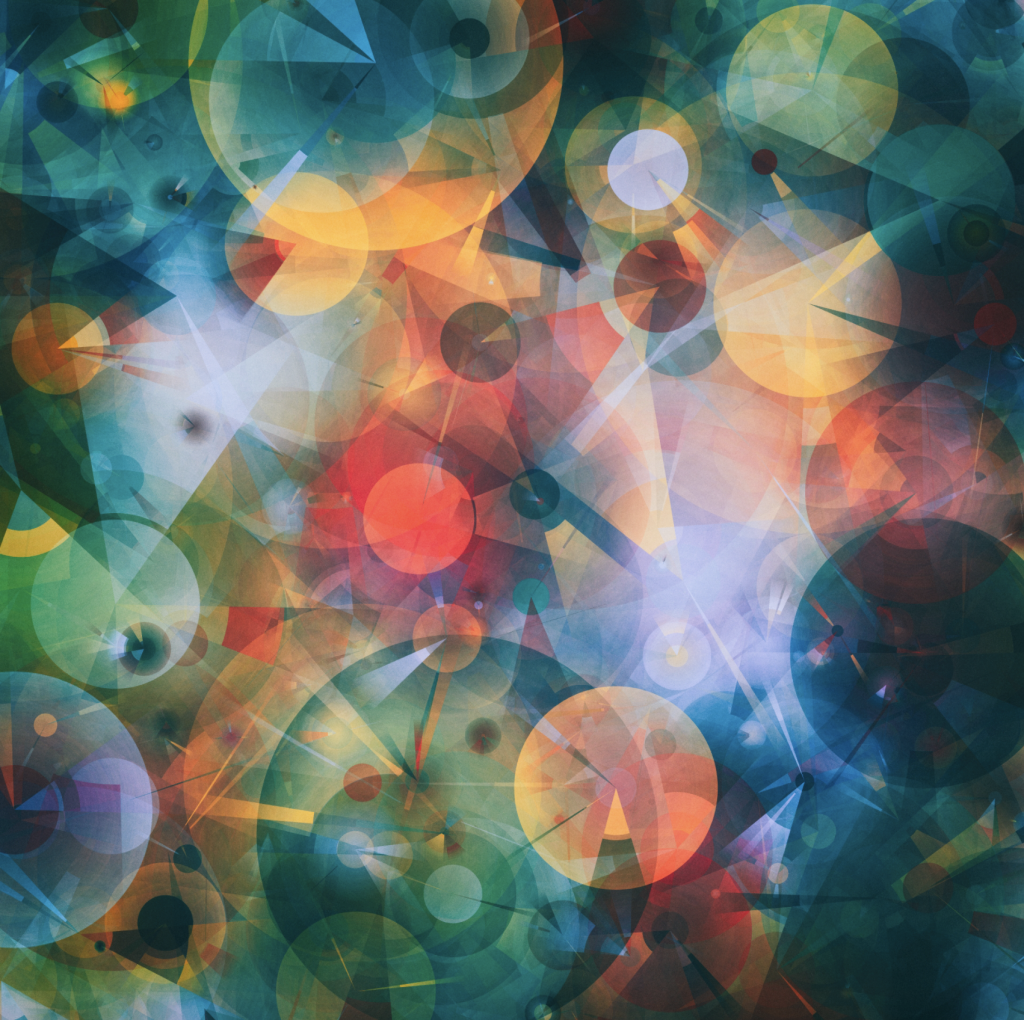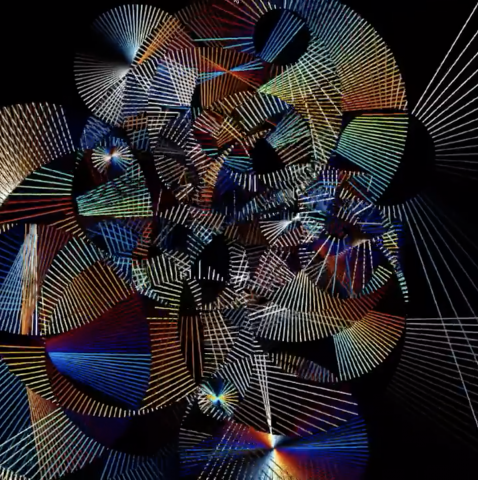aeroMORPH
AeroMORPH, a project created in the MIT Media Lab is a project that explores the creation of 3D elements through 2D materials at the intersection of origami and machine learning. The project implements many elements of art and math, where knowledge and skillsets in geometry, origami, and digital fabrication combine in creating interactive wearables and industrial design with precision.
I find this project to be fascinating and one which stands out from other projects in the way origami, a historic and traditional Japanese art could be used in industrial design. I really enjoy seeing classical techniques that are centuries old in application with today’s technology, where something like AeroMORPH can utilize the art and efficiency of origami and the creation of something ergonomic, crafty, yet elegant.
